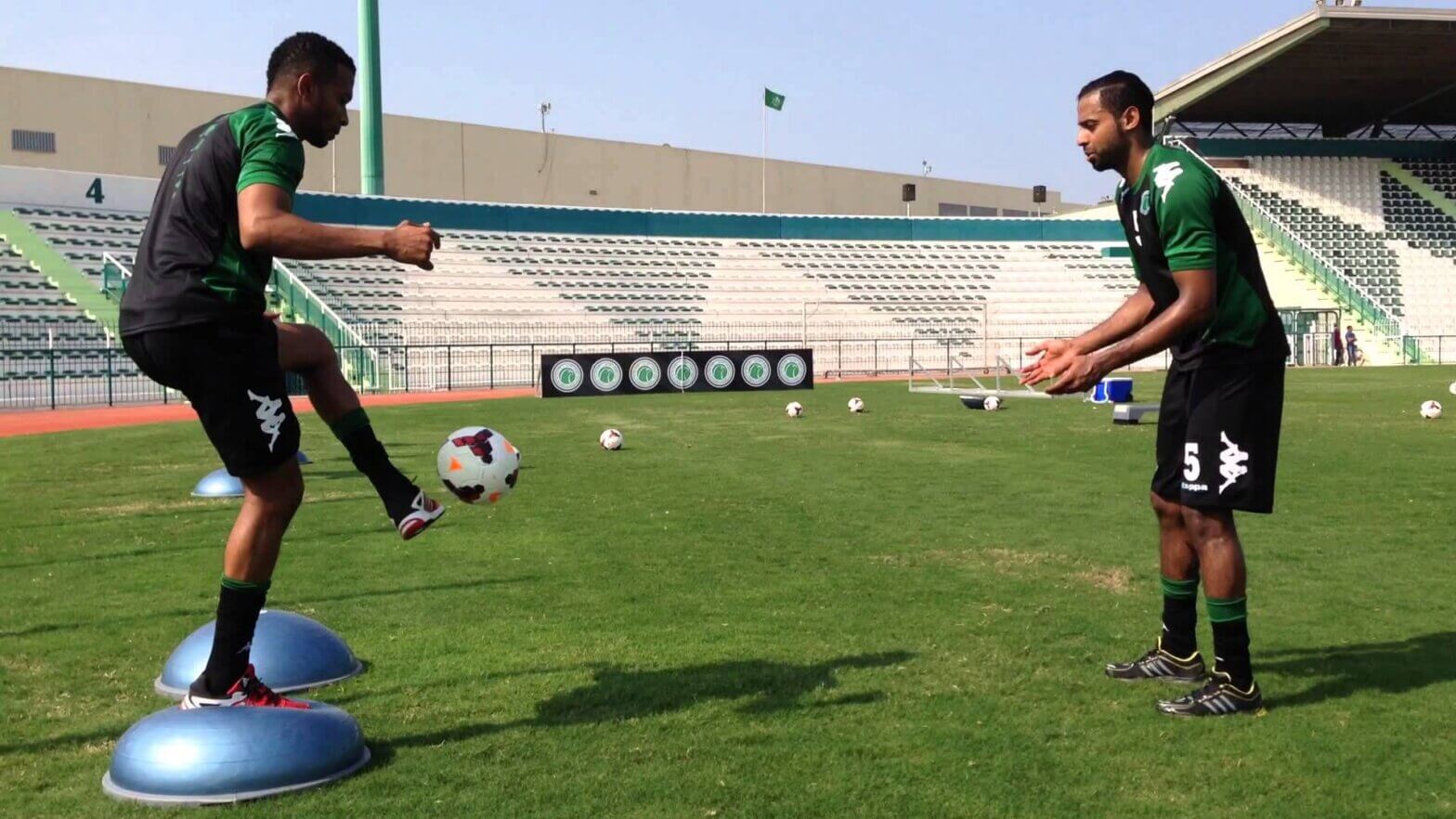The shoulder is one of the most mobile joints in the human body. For everyday activities, it is important that we have the ability to reach overhead, behind the back, and perform internal and external rotation. If there is impairment of the muscles responsible for these motions or the mobility of the shoulder joint, significant functional limitations can occur.
Anatomy of The Shoulder Joint
The shoulder joint is primarily made up of the shoulder blade (scapula) and the upper arm (humerus). These bony structures must move in sync to allow for pain-free, normal motion. As the humerus elevates, the scapula must rotate to ensure that the socket portion of the joint (glenoid) appropriately articulates with the ball of the humerus. Additionally, the joint capsule and supporting ligaments help to provide passive stability of the shoulder.
Muscles of The Shoulder
The shoulder is stabilized by the rotator cuff – a group of muscles consisting of the subscapularis, supraspinatus, infraspinatus and teres minor. These muscles allow for internal and external rotation of the shoulder and improve the congruity of the bony joint structures. The muscles around the scapula, generally referred to as the periscapular musculature, help to provide a stable foundation for the joint as it moves through its available range of motion. The mid trap, low trap, and serratus anterior all help to facilitate rotation and stabilization of the scapula as the arm is elevated.
Pathology of The Shoulder
If any of the muscles discussed thus far are weak, inflamed, or damaged in any way, active motion of the shoulder may be painful. Additionally, if the joint capsule or supporting ligaments are affected, motion at the shoulder can be limited. There are many differential diagnoses for the shoulder. Impingement can occur as a result of impaired joint mechanics that cause painful compression of the structures on the anterior aspect of the shoulder with elevation of the arm. The rotator cuff can be torn or damaged during traumatic incidents or from overuse with repetitive activities – especially for those who work overhead regularly. Frozen shoulder or adhesive capsulitis can cause disruption to the joint capsule of the shoulder and can result in pain and significantly limited motion. While these are some of the more prominent diagnoses, there are many other causes for shoulder pain or dysfunction.
A licensed physical therapist can help to identify the likely cause of your pain and/or limitations and prescribe appropriate treatment. If you suffer from shoulder pain, are experiencing limited range of motion, or have undergone shoulder surgery, call Respire Physical Therapy at 703-671-1871 or click here to schedule an appointment with one of our Physical Therapists!
Tags: ptworks, physical therapist, painfreeliving, movementismedicine, Biomechanics of Shoulder, choosept, arlingtonva, alexandriava, Physical Therapy, fallschurchva, Respire Physical Therapy, movement freedom, Shoulder Pain



